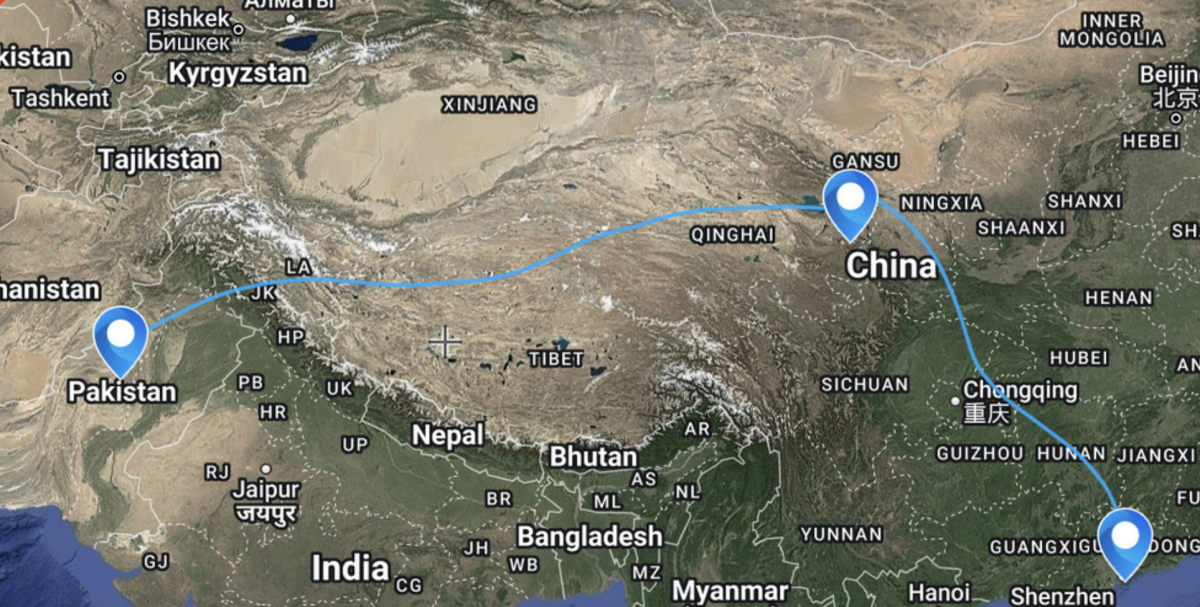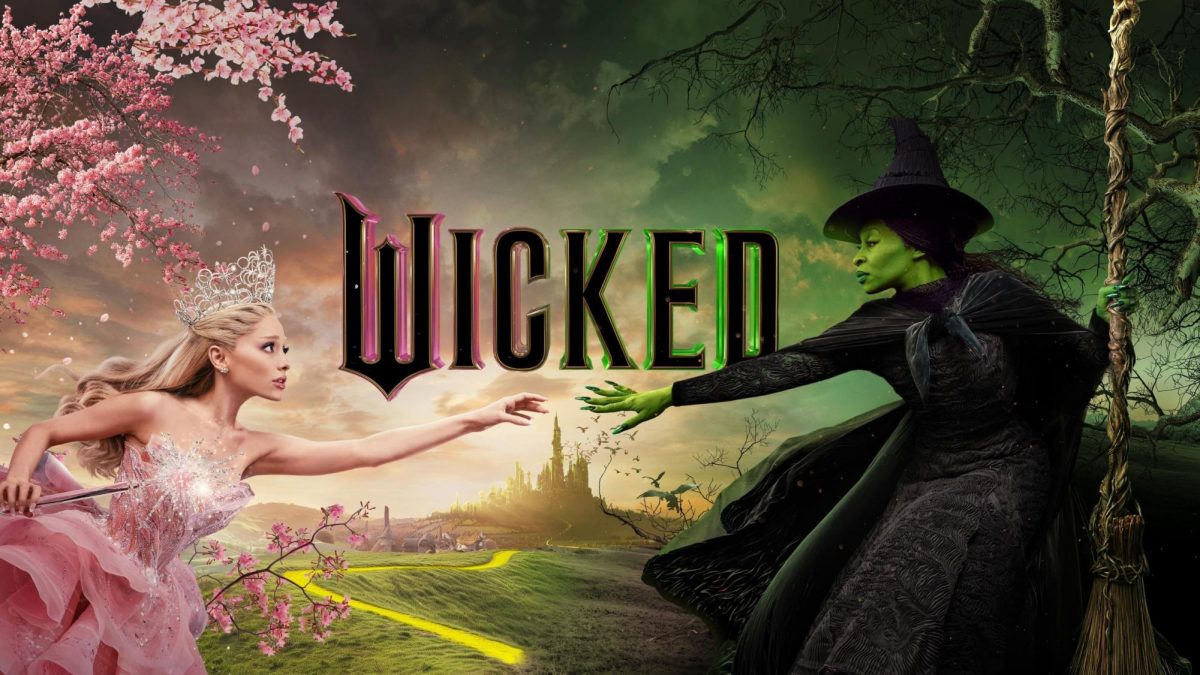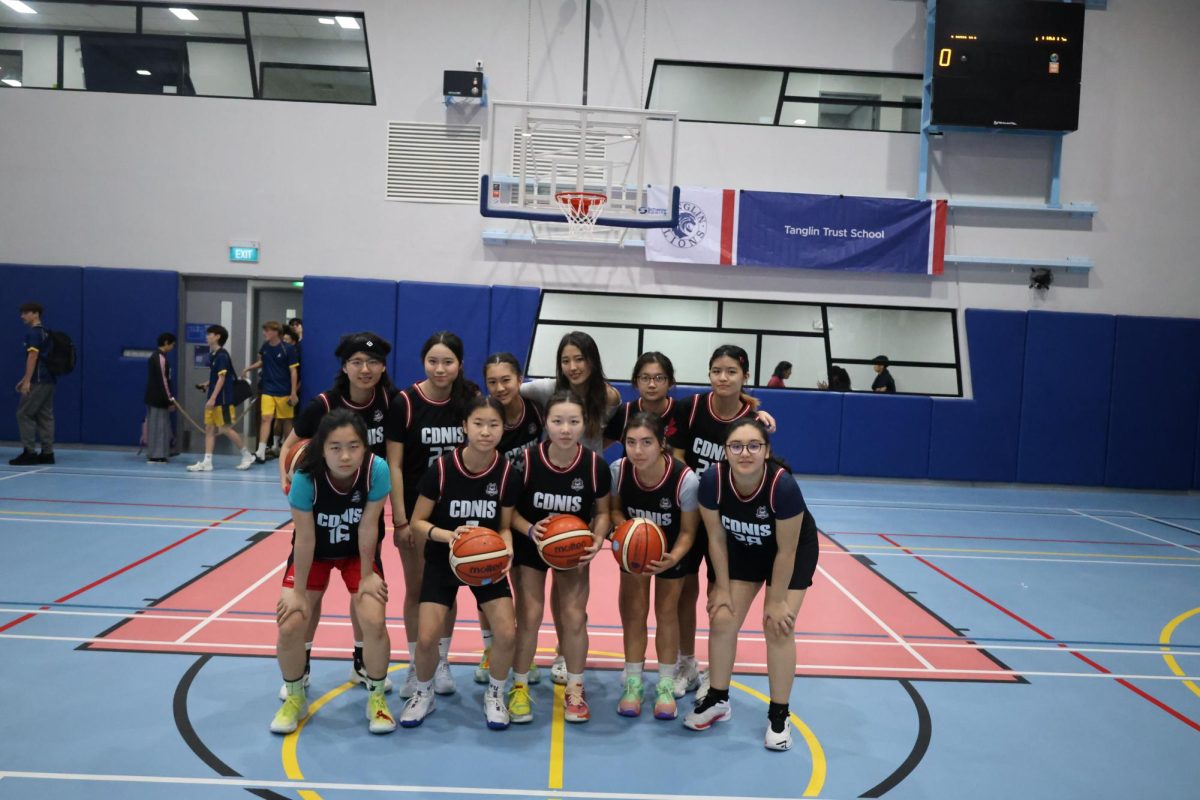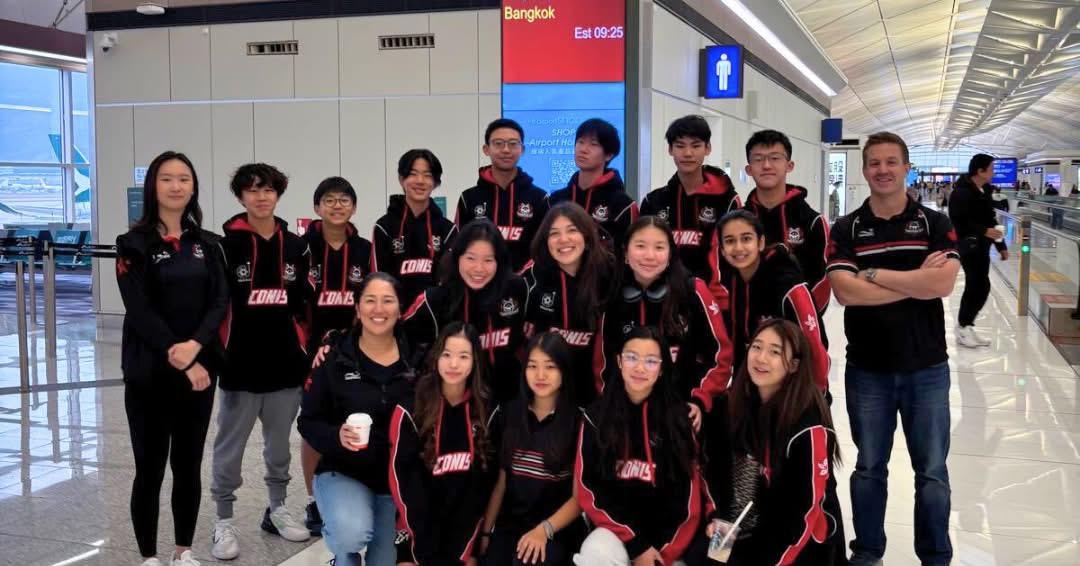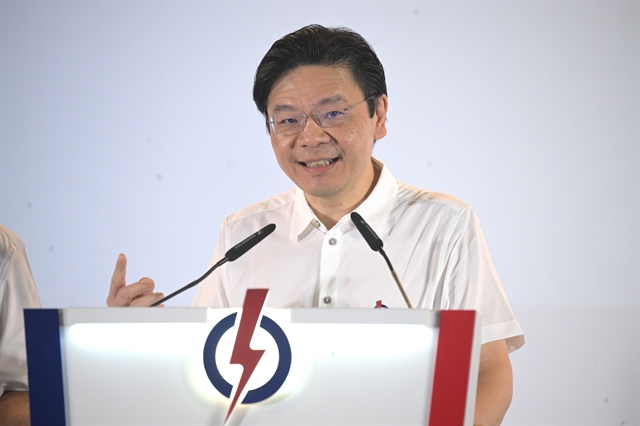On April 24, 2024, President Biden signed the “Protecting Americans from Foreign Adversary Controlled Applications Act.” This act enforced a new law, stating that any “Foreign Adversary Controlled Application” would be deemed “unlawful” and banned within the US. This act was considered undeniably targeting TikTok due to its parent company being owned by the Chinese company ByteDance. Back in August of 2020, President Donald Trump issued an executive order to ban TikTok, citing threats to national security and concerns over data privacy breaches and user data information leaks to Chinese entities. The order demanded that TikTok’s parent company, ByteDance, sell its US assets, but was ultimately blocked by courts. In February 2021, President Joe Biden revoked the order, advocating for clear criteria to define when tech and information. Fast forward to 2025 again, and the US political landscape has seen a significant shift with the re-entry of President Donald Trump, who signed an executive order on January 20, 2025, postponing the ban for 75 more days.
However, with the future of TikTok still seeming uncertain, many users and content creators began migrating to alternative social media platforms. Instagram Reels and YouTube Shorts saw a significant surge in user activity as content creators sought to share content and maintain their online presence. However, an unlikely contender for the new hotspot of “TikTok refugees” was none other than the Chinese-owned media platform, Rednote, also known as Xiaohongshu (小紅書). Ironically, the US government’s efforts to protect its citizens from data privacy threats posed by potentially leaked information to Chinese companies backfired and had inadvertently led them to flock en masse to a Chinese-owned platform. Xiaohongshu saw its new user count in the US skyrocket to over 700,000 within just two days, with many migrated influencers posting about their newfound status as “TikTok refugees,” encouraging their followers to join them on the new platform.
With many foreign users now flooding into the platform, users of Xiaohongshu based in China started to welcome the “TikTok refugees” by teaching them common phrases used in online messaging on Xiaohongshu. Additionally, some Chinese users took advantage of the influx of English speakers by uploading their English homework in the comment sections of TikTok refugee posts, hoping to gain help from their interactions. The Chinese platform, which has been compared to a fusion of Instagram and TikTok, has also been quick to adapt to the influx of new users, implementing a translation feature for posts and comments in a matter of days. However, with cultural and time zone differences, a preference for English content, and user verification issues from those abroad, only time will tell if the influx of “TikTok refugees” is here to stay and whether they can find their niche in the Chinese social media ecosystem.

